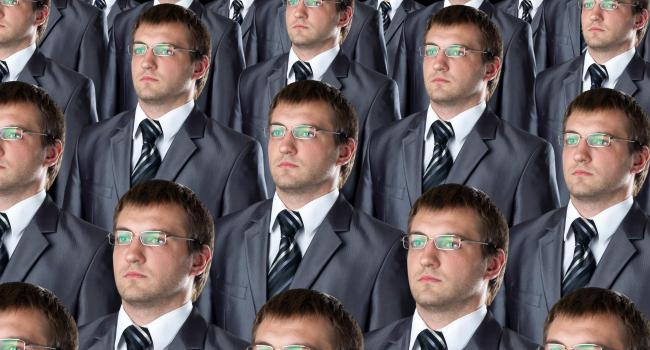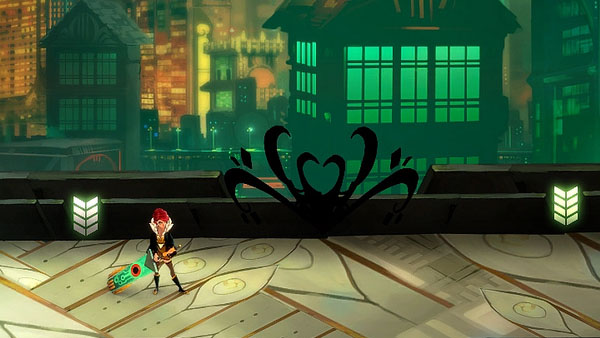This week I’m following up on a discussion of game mechanics started last week. To read part I, check here.
So a quick recap: Mechanics are a special subset of game rules. Rules are the foundations of games, and they do all sorts of things. In poker, for example, hand rules in poker define particular concepts: a straight flush is a sequence of five cards in the same suit in the correct order. The lines on a football field create the boundaries players have to stay within. And so on and so forth with rules. Mechanics are rules that govern player interaction with the game system, typically thought of as part of the input-output feedback loop between the user/player and the system/game. In my last post I argued that mechanics cannot (or at least, should not) be considered outside of the system of representation that they’re a part of.
Fatal Frame II provides a really nice example of how breaking apart the representational components and the mechanical components can lead to misreading a game, either intentionally or unintentionally. Fatal Frame II is a horror game in which you play as a young girl exploring a town full of ghost, armed only with the “camera obscura”, a camera with the ability to both detect and destroy ghosts, to protect yourself.
I like to joke with my friends that Fatal Frame II is essentially Pokémon Snap with ghosts, primarily on the basis of the game’s mechanical features: while they’re definitely different genres with wildly different themes, both games involve taking pictures as their core mechanic. Both games also give you significant bonuses for higher quality pictures- in Pokémon you get more points for having multiple Pokémon in the shot or capturing a special pose (a Pikachu surfing, for example). In Fatal Frame you do more damage for having the spirit centered in the picture and getting a closer picture. Fatal Frame doesn’t incorporate special poses, per se, but you do get extra damage for taking a picture during a “shutter chance” moment, typically the moment just before the spirit attacks. In short, there are a lot of similarities between the two games if we focus only on the game-player interaction and the use of the camera.
On representational and narrative elements it would make a lot more sense to compare Fatal Frame II to Silent Hill 3, which came out around the same time and is in the same genre. Silent Hill 3, like Fatal Frame II, features a young female protagonist exploring a horror setting. Both games involve supernatural monsters/enemies, mysterious NPCs, and missing family members. They’re both fairly dark games, literally and metaphorically, and they both involve encounters with death cults demanding sacrifices.
However, trying to evaluate the game apart from either the mechanics or the representational elements misses the complexity of the game. It’s clearly wrong, though funny, to disregard representation and compare Fatal Frame II to Pokemon Snap. I’d argue that, while looking at Fatal Frame against Silent Hill seems like a more natural comparison, without looking at how changing the mechanic from attacks with a weapon (in SH:3) to taking pictures with a camera (in FF:2) is a pretty drastic change that fundamentally alters the experience in pretty meaningful ways.
So, let me wrap this up by turning to a more contemporary example. As was recently discussed on this blog, the Polygon review of Bayonetta got a lot of flak for dealing with both representational and mechanical elements (instead of focusing strictly on mechanics). However, as Bayonetta literally takes her clothes off to use special abilities and attacks and has shoes made of guns, it seems a bit silly to even begin to imagine discussing game mechanics outside of representation—they’re already inextricable and these features just emphasize that. As to whether it’s problematic or not, I won’t weigh in—I haven’t played the game and I’m generally just not drawn to the genre, but I’ve heard good arguments on either side (both that the game is camp and therefore intentionally over-exaggerated in a very pointed and critical way, it’s objectification at its worst and for no good functional or meaningful reason). What I will say, as I’ve discussed here, is that discussing the mechanics outside of the narrative and representation content both ignores the complexity of any game system and inherently misses the context of those mechanics.





One thought on “Mechanics, Part II”
I’ve actually gotten flak in the past for making similar comparisons between vastly thematically different games based on game mechanics. I would say, “That’s basically this,” but often not to dismiss a game. Sometimes all it takes is a thematic or narrative change to make people interested in certain game mechanics. Consider how many people wouldn’t be caught dead playing Pokemon Snap, but dived into Fatal Frame II because of its more mature presentation.
I believe something like Nintendo’s Splatoon (which looks awesome and you should totally cover that), will similarly get people who aren’t interested in shooters as they’ve been presented to pick up and play. They’ll be furiously painting the walls with… squid ink stuff, not knowing they’ll be learning how to flank, ambush, use cover, etc. I believe combining classic game mechanics with alternative presentations can allow more people to enjoy the flexibility of game design.
And while I believe game mechanics are ultimately the most important facet of a game, this piece did get me to reevaluate that horrible Bayo 2 review. Most of my issues stand, but your perspective is one I haven’t considered (or at least seen articulated this well).
Good show.